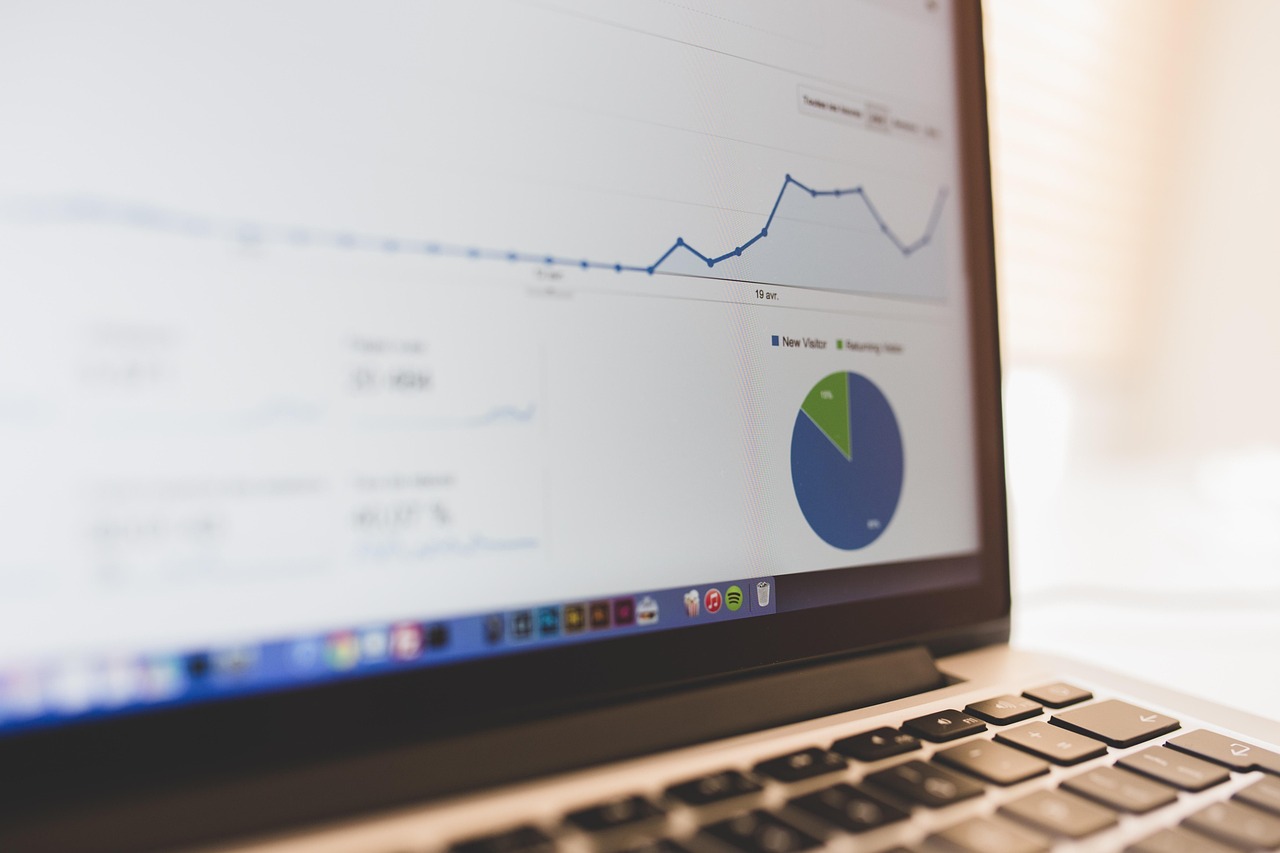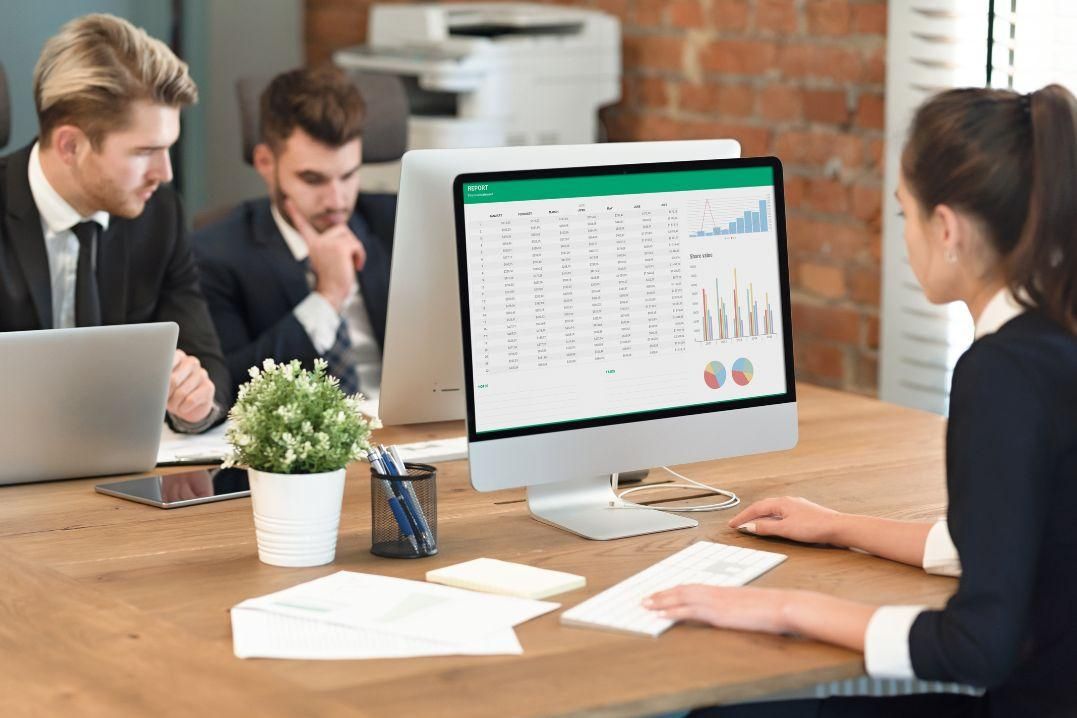
As of January 2025, the taxation landscape within the Australian accounting industry was poised for a significant transformation. Spurred on primarily by technological advancements and changes in tax policy, Treasurer Jim Chalmers has called for the slashing of red tape throughout the industry making it easier to work within the compliance sphere and to look to modernise the taxation experience.
With a goal to reduce Australia’s lagging productivity and support growth, the incentive will harness a multitude of digital and green initiatives designed to slash red tape and reduce complexities within the industry. How will this impact you and your accounting firm? In order to keep up with changing policies and trends, this article will discover what’s already been implemented and what to look out for in the future.
The Digital Services Tax (DST) will be levied on Australian gross revenue for liable entities from specified digital services in excess of $20 million AUD at a rate of 3.0%. These entities would receive revenue from specialized digital services such as online marketing services, social media, user data revenue, and cloud computing services.
This will target multinational tech giants that generate significant wealth within Australia but have historically paid little tax. The goal is to create a fair economical contribution from such companies while ensuring the global economy is tax efficient.
While this initiative has not passed, there have been proposals to expand certain goods and services, like fresh food and healthcare to be taxed under the GST umbrella. The GST current rate of 10% is currently being reviewed to be increased to 15%, however, due to the impact of lower income households and small business, the changes have yet to be approved.
Operating a green taxation company has never been a higher priority for businesses across the country. As of January 1st, 2025, the accounting industry has become directly responsible to report social and environmental impacts of their firm and welcome green initiatives into their practice.
Some examples of what could be on the horizon are:
The ATO has prioritised making tax compliance as simple as possible for businesses moving forward. Their goal is to utilise technology to create a digital-first and easy to use platform so that your firm can improve productivity and efficiency.
The digital-first approach means encouraging the use of expanded e-invoicing systems, leveraging AI and data analytics to pre-fill tax forms, real-time reporting for businesses, and reduction of paperwork for small businesses using simplified reporting and offering more digital support.
Another initiative the ATO will be highlighting will be stricter regulations on tax evasion. They will enhance data sharing in an effort to combat those who evade and look to enact stricter penalties for those who engage in non-compliance.
The ATO has a tip-off system designed for reporting tax evasion and from 2019 until 2024, they received 250,000 tips. Due to this, it is estimated that $16 billion AUD has been underreported to the tax office, resulting in undercutting competitors and gaining an unfair advantage in their industry. The sharing of data will prove to be essential when creating a digital-first economy based upon transparency and the Australian tenet of ‘the fair-go’.






